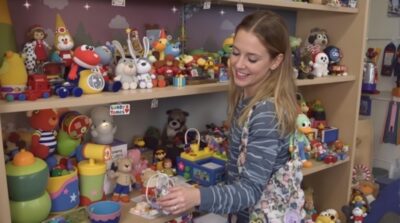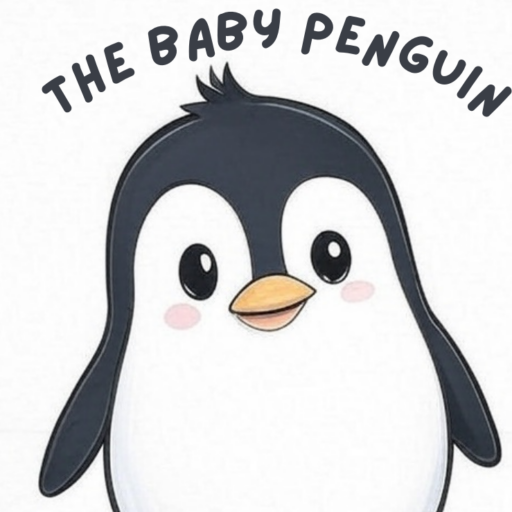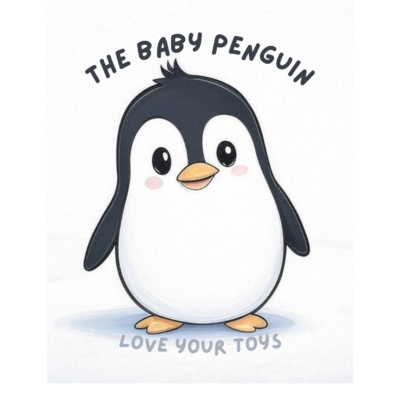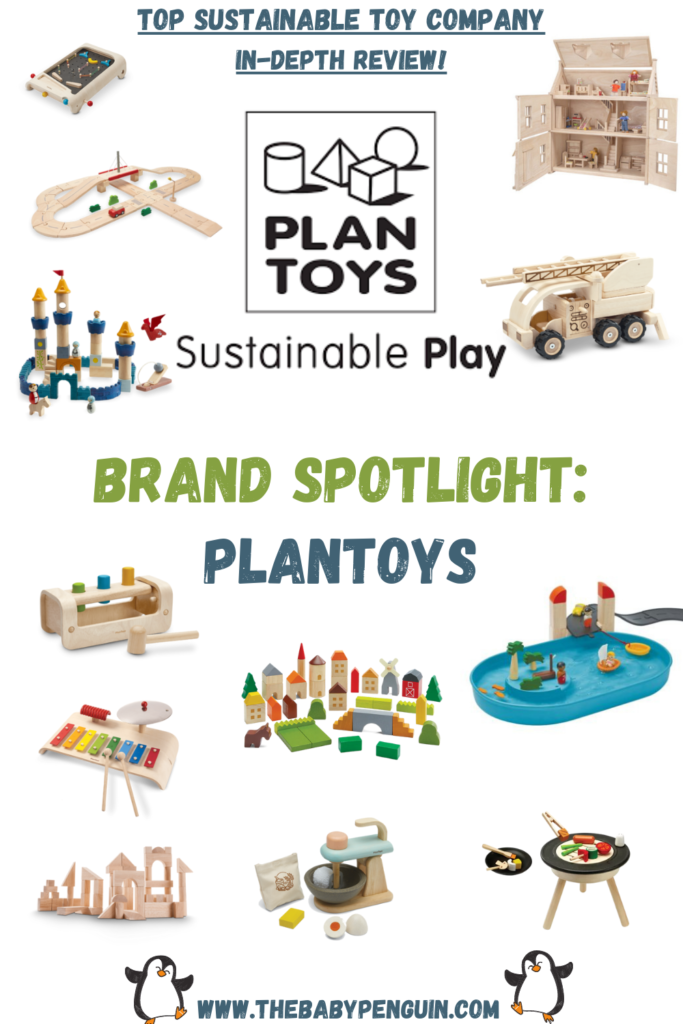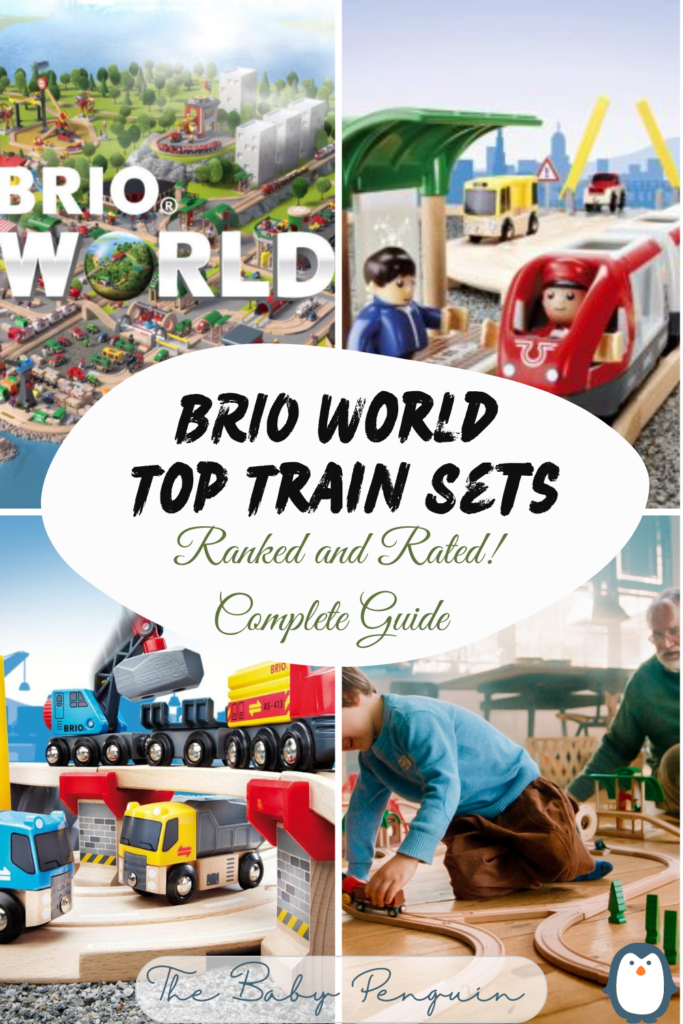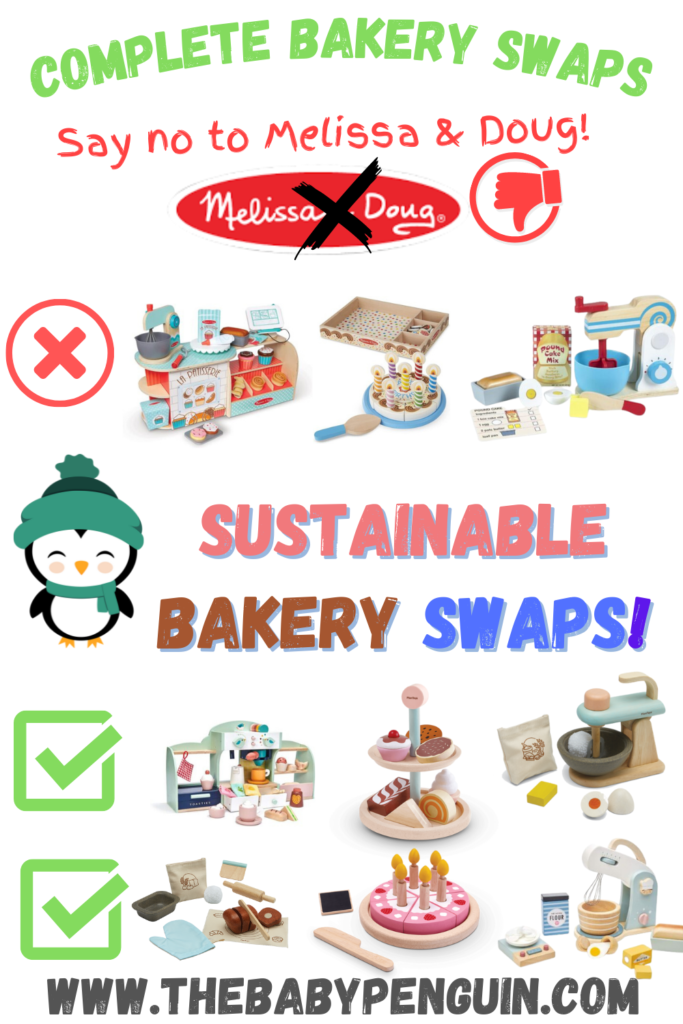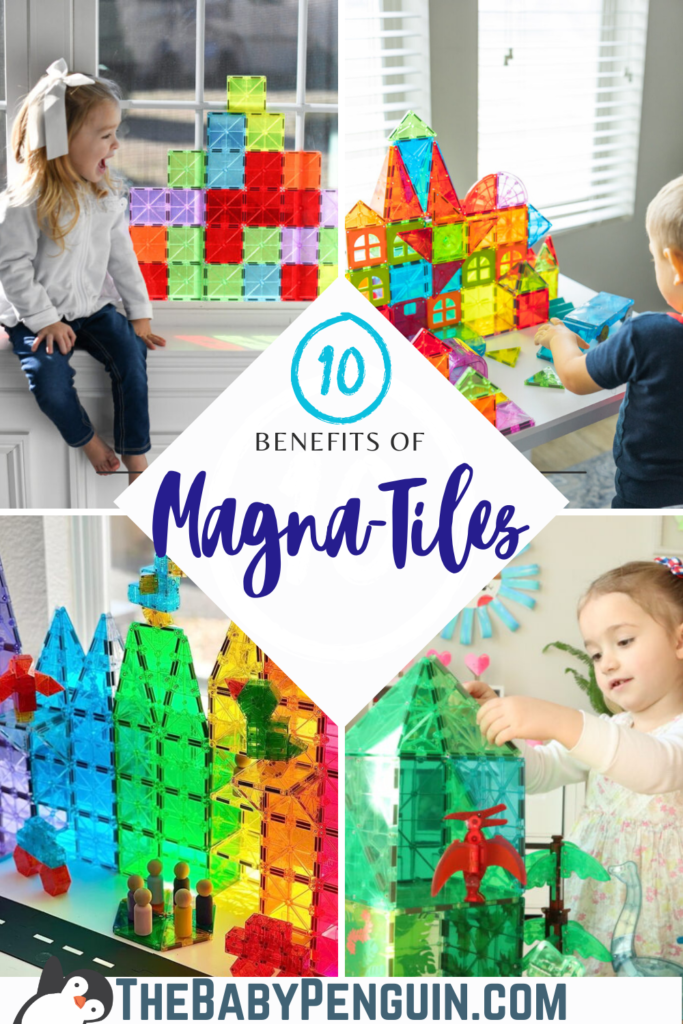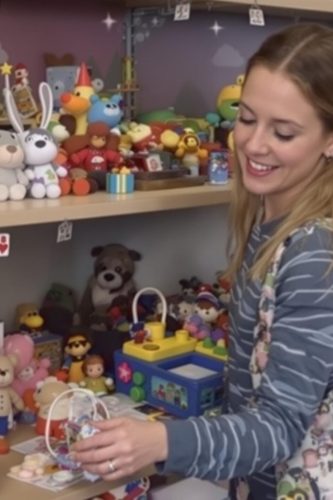Nestled in the heart of Virginia, a unique community initiative is making waves in sustainable parenting. The Evergreen Toy Library offers a refreshing solution to a problem many parents face: the constant accumulation of toys that children quickly outgrow.
Table of Contents
ToggleA Growing Environmental Challenge
The statistics are sobering: The average American child owns more than 200 toys but plays with only 12 daily. This overconsumption contributes significantly to the 80 million tons of plastic waste generated annually in the United States alone. Plastic toys, often difficult to recycle due to their composite materials, frequently end up in landfills where they can take centuries to decompose.
“We wanted to create a solution that addresses both environmental concerns and the practical needs of families,” explains Sarah Johnson, founder of the Evergreen Toy Library in Richmond. “Why should every household purchase the same expensive toys that will only be used for a few months?”
How the Toy Library Works
Operating much like a traditional book library, members pay a modest annual fee of $120 for unlimited borrowing privileges. The library’s collection includes over 1,500 toys, ranging from wooden blocks and puzzles to elaborate STEM kits and outdoor play equipment. All items undergo rigorous safety inspections and sanitization between loans.
The concept addresses several pain points simultaneously: it reduces waste, saves families money, and prevents homes from becoming cluttered with abandoned toys. For parents like Michael Torres, a local engineer and father of two, the benefits are clear.
“We’ve saved at least $800 this year alone by borrowing instead of buying,” Torres notes. “Plus, our apartment isn’t overflowing with toys my kids have lost interest in.”
Environmental Impact
The environmental benefits extend beyond waste reduction. By sharing resources among hundreds of families, the library significantly decreases the carbon footprint associated with toy manufacturing and transportation. A preliminary study conducted by Virginia Commonwealth University estimates that the library prevented approximately 3.2 tons of plastic waste from entering landfills in its first year of operation.
“What makes this model so effective is that it addresses sustainability without asking families to sacrifice quality or variety,” explains Dr. Elena Mendez, an environmental scientist who helped design the library’s impact metrics. “In fact, children actually gain access to a wider range of toys than most families could afford to purchase.”
Building Community Connections
Beyond its environmental mission, the toy library has emerged as a community hub. Weekly play sessions allow families to connect, while educational workshops cover topics ranging from sustainable living to child development. For newcomers to the area like the Patel family, these gatherings have provided an invaluable support network.
“When we moved from California, we didn’t know anyone,” says Priya Patel. “The toy library became our introduction to the community. Our daughter found playmates, and we found friends who share our values.”
Expanding the Model
The success in Richmond hasn’t gone unnoticed. Three additional Virginia communities have launched similar initiatives, with support from the original Evergreen team. A toolkit for starting community toy libraries is now available online, and Johnson regularly consults with groups across the country interested in replicating the model.
“What began as a simple idea has evolved into a movement,” Johnson reflects. “We’re demonstrating that collaborative consumption can work for families while protecting the planet our children will inherit.”
Challenges and Solutions
The path hasn’t been without obstacles. Initial concerns about hygiene were addressed through transparent cleaning protocols, while funding challenges were overcome through a combination of membership fees, grants, and community donations. The library recently secured a three-year sustainability grant from the Virginia Environmental Foundation.
“The beauty of this model is its adaptability,” notes Johnson. “Rural communities might operate through a mobile unit, while urban areas might integrate with existing library systems. The core concept—sharing resources to reduce waste—works everywhere.”
As toy manufacturers face increasing pressure to address the environmental impact of their products, the Evergreen Toy Library offers a complementary approach: reimagining how we consume rather than simply what we consume. For Virginia families, it’s a small solution with an outsized impact on both household budgets and environmental footprints.

